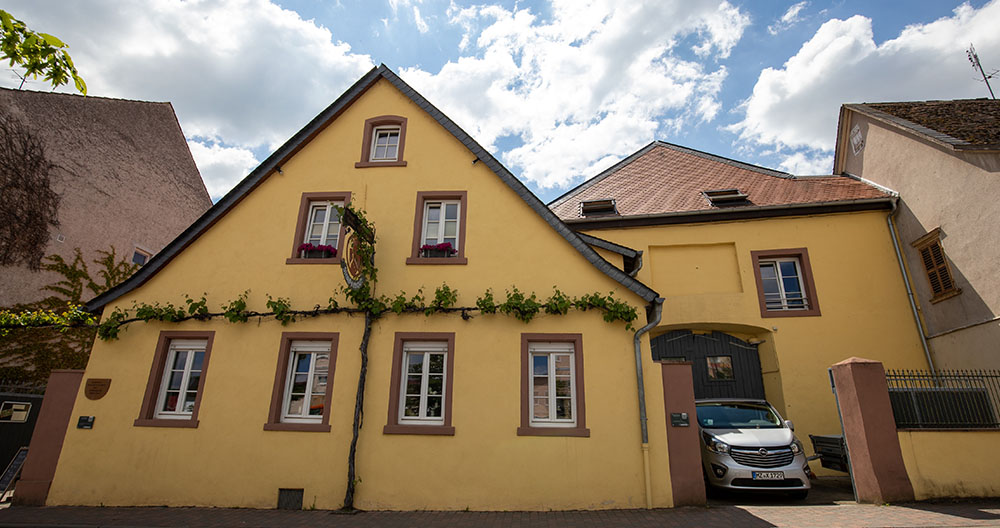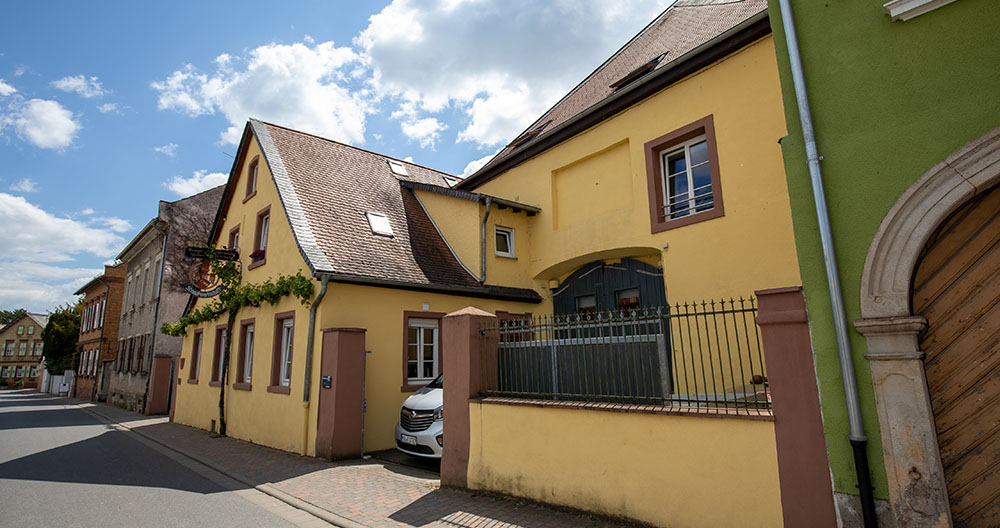

Even if it is hardly recognizable today: the building in front of us was once a church: the Lutheran Sophienkirche, donated by Anna Sophia von Stockheim, née Haxthausen, who resided right next door in the Haxthäuser Hof.
In her honor, the church was named “Sophienkirche” and was inaugurated in 1729. Do you see the rather inconspicuous driveway?
“There was the tower of this church”, …
… explains Hans Peter Hexemer from the Nierstein History Association.
“There was once the main entrance. It is no longer recognizable today, […] but when you go into the courtyard behind the building, you can see the sandstone reveals of the former church windows. The view from the courtyard side shows you very clearly to this day that there was once a building here that served as a church.”
After she died, Anna Sophia, the founder, was buried in her church. When it was given up in 1822 after the Protestant church union, her mortal remains were brought to the Martinskirche on the market square. Also her tomb, which can still be seen there today.
The organ, built in 1751, was sold to Schwabsburg and the bells to the Catholic community in Gimbsheim. The later owner Wilhelm Wernher I had the church converted into a barn and stored cattle here. Today there is an apartment on the first floor.
The house on the right was the former Lutheran rectory. But we’ll take closer look at the house on the left, today’s wine bar of the “Altbürgermeister Strub” winery. To do so, just go a few steps to the left and scan the next QR code.



Even if it is hardly recognizable today: the building in front of us was once a church: the Lutheran Sophienkirche, donated by Anna Sophia von Stockheim, née Haxthausen, who resided right next door in the Haxthäuser Hof.
In her honor, the church was named “Sophienkirche” and was inaugurated in 1729. Do you see the rather inconspicuous driveway?
“There was the tower of this church”, …
… explains Hans Peter Hexemer from the Nierstein History Association.
“There was once the main entrance. It is no longer recognizable today, […] but when you go into the courtyard behind the building, you can see the sandstone reveals of the former church windows. The view from the courtyard side shows you very clearly to this day that there was once a building here that served as a church.”
After she died, Anna Sophia, the founder, was buried in her church. When it was given up in 1822 after the Protestant church union, her mortal remains were brought to the Martinskirche on the market square. Also her tomb, which can still be seen there today.
The organ, built in 1751, was sold to Schwabsburg and the bells to the Catholic community in Gimbsheim. The later owner Wilhelm Wernher I had the church converted into a barn and stored cattle here. Today there is an apartment on the first floor.
The house on the right was the former Lutheran rectory. But we’ll take closer look at the house on the left, today’s wine bar of the “Altbürgermeister Strub” winery. To do so, just go a few steps to the left and scan the next QR code.


